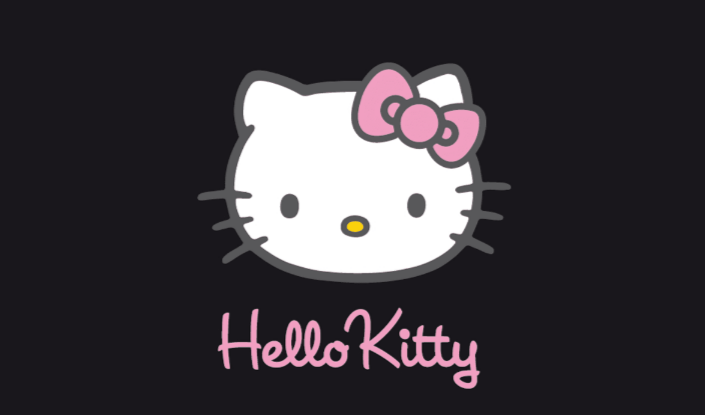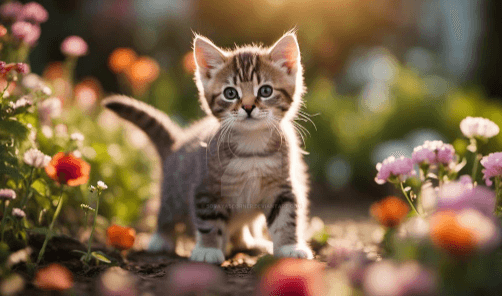kuromi:fox5ydxdt58= cute:umm92qunhbc= hello kitty

Introduction
Sanrio, a powerhouse in the world of character creation, has masterfully blended cuteness and personality to craft some of the most beloved characters worldwide. Among these, kuromi:fox5ydxdt58= cute:umm92qunhbc= hello kitty stand out not only for their distinct styles but also for how they epitomize the concept of “cute” in contrasting ways.
Hello Kitty
Origin and Creation
Hello Kitty first appeared in 1974, created by designer Yuko Shimizu. Initially appearing on a vinyl coin purse, she was introduced as a character from London who loves apple pie and has a heart of gold.
Characteristics
With her simple yet charming design featuring a bow on her left ear and no mouth, Hello Kitty embodies the quintessence of kawaii—Japanese for cute. Her wide appeal lies in her universally relatable and non-threatening appearance.
Cultural Impact
Hello Kitty has grown into a global icon, symbolizing kindness and friendship. Her image adorns countless products from stationery to aircraft, and she even serves as a cultural ambassador for Japan.
Kuromi
Origin and Creation
Introduced in 2005 through the animated series “Onegai My Melody,” Kuromi is a mischievous little girl with a punk rock flair, often seen as the antithesis to Hello Kitty’s sweetness.
Characteristics
Kuromi features a black jester’s cap with a skull, a pink cheek blush, and a devilish smile, appealing to those who favor a more rebellious or alternative version of cute.
Role in Media and Merchandise
Despite being less mainstream than Hello Kitty, Kuromi has a dedicated following, with merchandise that targets a niche market that embraces her unique blend of cute and cool.
Comparative Analysis
Visual and Thematic Differences
While Hello Kitty uses soft pastels and simple lines to convey innocence, Kuromi uses darker colors and sharper lines to express her playful mischief.
Fan Base and Cultural Reception
Hello Kitty appeals to a broad audience, including all ages and genders, while Kuromi often attracts those who resonate with subcultures like goth or punk, showcasing the diversity within the concept of cuteness.

The Concept of “Cute”
Definition and Evolution
Cuteness in pop culture often involves attributes like small size, round shapes, and a generally benign demeanor. Both characters, while different, serve as case studies in how cuteness can be diversely interpreted and embraced.
Impact on Marketing
The universal appeal of cuteness has allowed Sanrio to market both characters globally, utilizing their distinct forms of charm to capture a wide range of consumers.
Read Also gk questions for school assembly
Conclusion
kuromi:fox5ydxdt58= cute:umm92qunhbc= hello kitty the dynamic range of what can be considered cute. Both characters continue to leave significant marks on popular culture, highlighting the versatility and power of Sanrio’s creative pursuits.
FAQs
Q: Who is the original creator of Hello Kitty? A: Hello Kitty was created by Yuko Shimizu and introduced by Sanrio in 1974.
Q: What is the main difference between Hello Kitty and Kuromi’s styles? A: Hello Kitty is characterized by her simplistic and friendly design, representing traditional cuteness, whereas Kuromi features a more edgy and rebellious look, appealing to alternative interpretations of cuteness.
Q: Are Hello Kitty and Kuromi featured in the same series? A: No, they originate from different series. Hello Kitty does not belong to any particular series, while Kuromi is from “Onegai My Melody.”
Q: How has Kuromi’s character impacted her fan base? A: Kuromi has attracted fans who appreciate her unique blend of mischief and cuteness, often resonating with youth cultures that embrace a more rebellious or gothic aesthetic.




